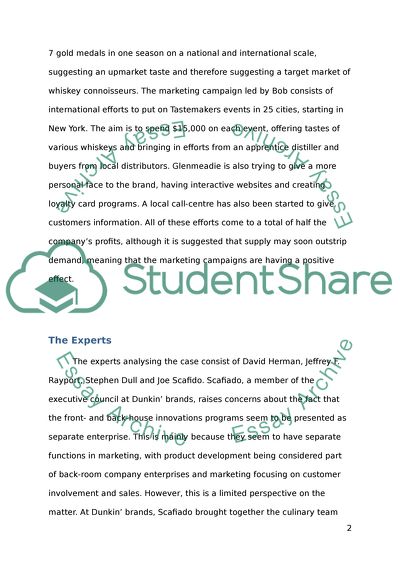Cite this document
(“The Priority for Glenmeadie's Innovation Efforts Essay”, n.d.)
Retrieved from https://studentshare.org/marketing/1444373-marketing-assignment
Retrieved from https://studentshare.org/marketing/1444373-marketing-assignment
(The Priority for Glenmeadie'S Innovation Efforts Essay)
https://studentshare.org/marketing/1444373-marketing-assignment.
https://studentshare.org/marketing/1444373-marketing-assignment.
“The Priority for Glenmeadie'S Innovation Efforts Essay”, n.d. https://studentshare.org/marketing/1444373-marketing-assignment.


